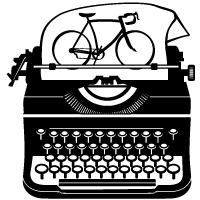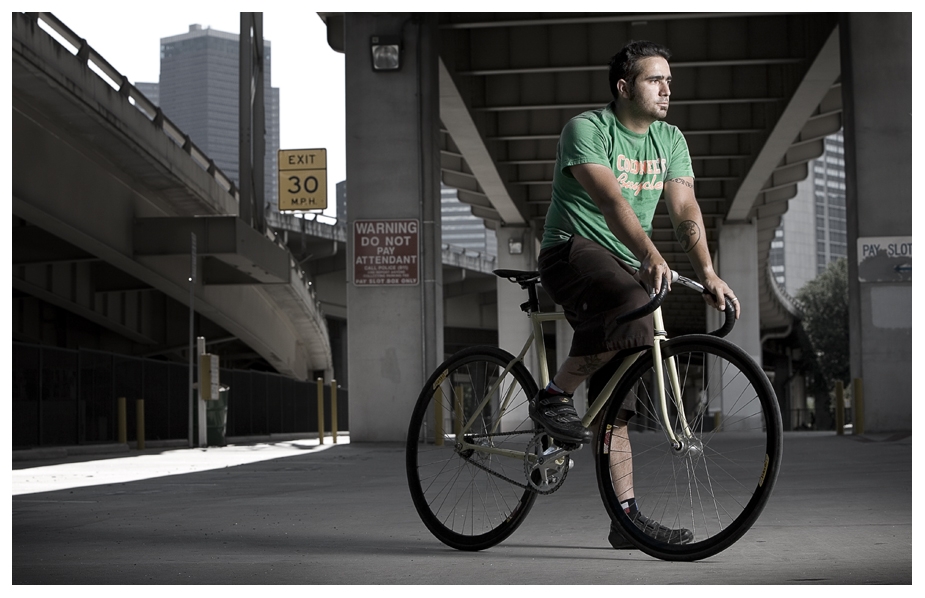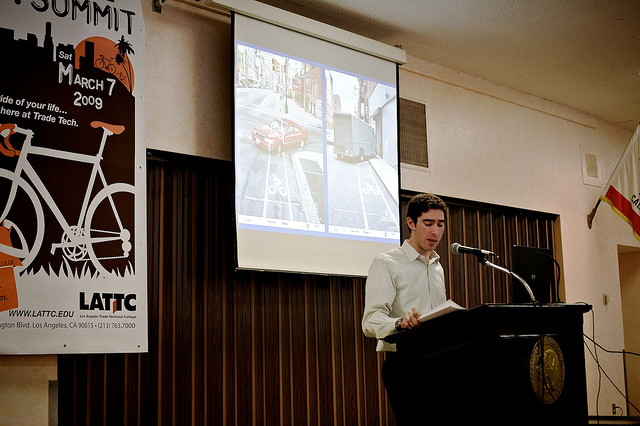My First Bike explores the origins of professional frame builders by going back to the start and looking at the first bike they ever built. Today’s My First Bike features Jeremy Shlachter, the builder behind Gallus Cycles in Fort Worth, Texas.
Give me the short rundown of your first frame: when was it built, where, materials, any special details about it, etc?
My first frame was a track frame built under the guidance and watchful eye of Koichi Yamaguchi at his frame building class in Rifle, CO in December 2006. It was made out of True Temper tubing that Koichi had designed many years before, along with Long Shen lugs, fork crown, bottom bracket shell, and Henry James Dropouts.
As far as lugged track frames went, it was pretty standard with steep head tube and seat tube angles, high bottom bracket, and short chain stays. I went for a wishbone seat stay attachment, but other than that kept it straightforward as I was mainly trying to get my head around basic techniques of brazing and filing.






